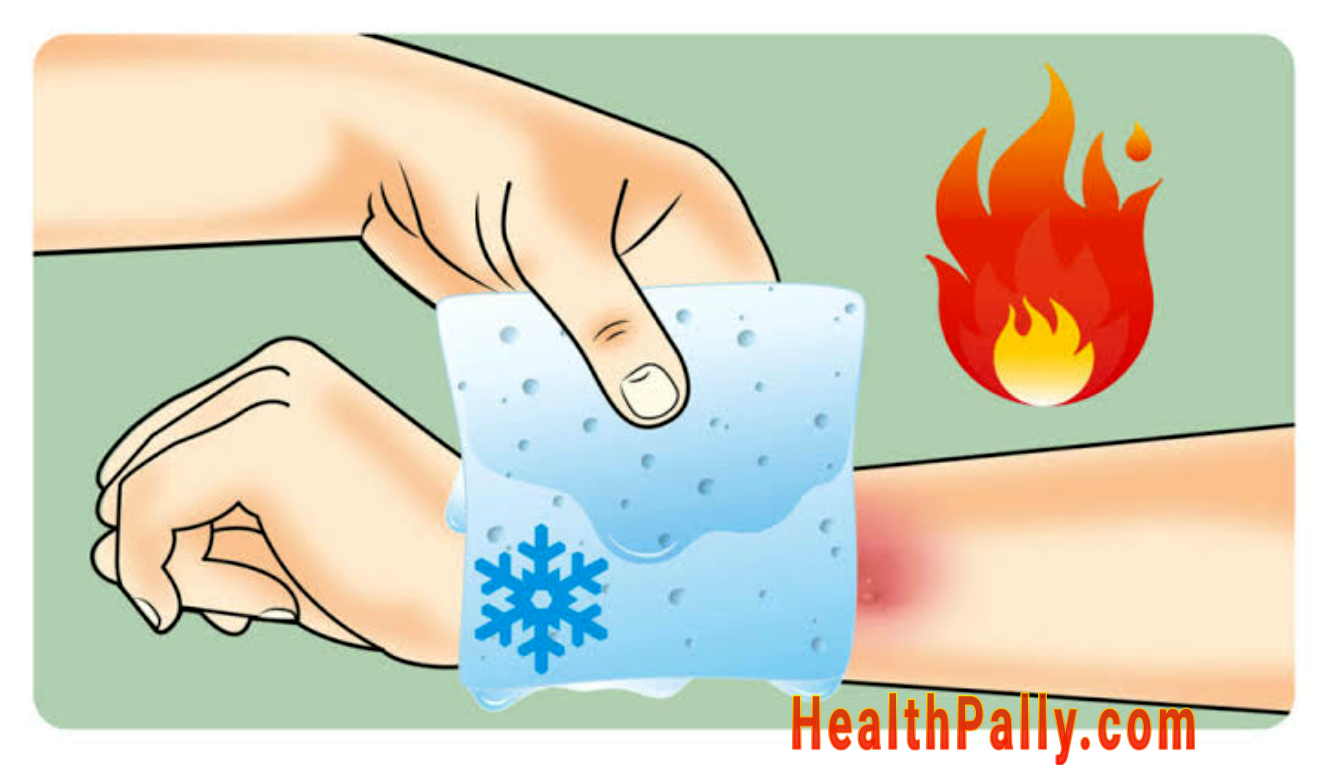There are different kinds of burns, but for skin burns, there are about 5 classes, categories, or common types of burns.
What Makes Your Skin Burn?
Heat Burns
Heat or thermal burn comes first as the most common cause of burn.
If your skin has direct contact with naked fire, flames, hot objects, or hot liquids, it can cause first or second-degree burns on your skin.
Skin contact with hot metals, steam, or scalding from hot water, steam, or beverages are also causes of thermal burns in the workplace.
Friction Burns
As the name implies, friction burn occurs due to friction between your skin and another surface.
Friction usually generates heat, therefore, friction between your skin and objects can cause heat that burns your skin such as in road rash from motorcycle accidents, rope burn, rubbing your skin on objects, or rug burns from falls, etc.
Sunburn and Radiation Burn
Another common type of skin burn is caused by sun radiation or other forms of radiation on the skin.
Prolonged exposure of the skin to ultraviolet rays of light from either the sun or machines such as medical radiation equipment, can cause burns on the skin.
Equipment such as tanning beds, sunlamps, radiotherapy machines, and others can cause radiation burns.
Chemical Burns
Chemical burns can cause either first, second, or third-degree burns on the skin depending on the chemical.
It’s a common cause of burn to workers in the petrochemical industries.
Chemical burn typically occurs as a result of direct skin exposure to corrosive substances like acids, ammonia, bases, or other caustic materials.
These substances undergo exothermic reactions and can cause burning sensations in your skin.
Chemical burns can also be a result of continual use or inappropriate use of substances that contain alkalis, solvents, or other harsh chemicals.
Chemicals that are used as cleaning agents in products for household use or others, drugs that are used on skin, or cosmetics such as skin lightening cream.
Electrical Burns
Electrical burn is caused by skin contact with electrical currents.
These are burns caused by electrical shocks, lighting strikes from fireworks, and others.
The burn can cause 1st, 2nd, or 3rd-degree burns depending on the voltage of the current and the duration of the skin exposure.
Electrical burns often cause damage beneath the skin and can be more severe than they initially appear.
Other types of Burns
Some experts also categorize the 3 degrees of burns according to the damage caused to the skin tissues as other types of burns.
Plants and Animals are also other causes of burns.
Some plants can sting, burning sensation when in contact with your skin, and cause a rash.
Insect bites and stings can also cause skin burns.
Signs of Skin Burns
Pain is a common sign of burn on your skin. It’s a pain felt at the surface level of your skin.
After some days, you can have other signs such as redness, blisters, swelling, charred skin, peeling, etc.
Treatment of Skin Burn
It’s important to take note of safety precautions to avoid any types of burns mentioned.
Also, each type of burn requires different treatment methods, so it’s important to identify the cause accurately before starting treatment.
For any type of skin burn, you should avoid using cream, oil, butter, egg white, lotion, or cortisone as your first aid treatment.
For first-degree burns such as the ones caused by friction, sunburn, or other types in low impact, you can apply cold water or a cold compress for a few minutes.
After that, you can apply petroleum jelly or substances that contain petroleum jelly such as Vaseline to insulate the skin and prevent other substances from getting in.
You can also apply antiinflammatory substances such as honey, and aloe vera as your first aid treatment to comfort your skin.
For first-degree burns, they can go away on their own after 2 weeks without treatment or scarring after healing.
For second-degree burns, you can have your scare in the affected area for a couple of months but this will be cleared after some time.
For third-degree burn which causes more damage to the skin tissue, you need proper treatment from a dermatologist, and there’s a possibility of having scars on your skin after treatment.
